CEO Ekaterina Osadchuk and the Indigo Tech Recruiters team conducted the second annual review of salaries for C-level in IT. We remind you that every year we carry out a review of the salaries of C-Level employees.
We thank Pavel Petrenko, co-founder of Growth Marketing Stage and ConfidenceConf, Sergey Alekseev, founder of Lampovoe IT, and Ray Astafichev for their help in collecting data.
And thanks to Vitaly Luzhentsov for professional assistance in the data processing.
 СЕО INDIGO Tech Recruiters Ekaterina Osadchuk
СЕО INDIGO Tech Recruiters Ekaterina Osadchuk
Our review was conducted for the positions of General Product Officer (GPO), Product Owner, Product Manager and Project Manager.
We got most of the data on Product Managers and Product Owners so this article is about them.
There are regular disputes about the roles of Product Managers and Product Owners — is there a difference between them, except for the second word in the position title?
The IT community has not yet developed a clear distinction between these titles, and their job description varies from company to company — everyone determines the actual functions themselves.
If we recall the history of the role of product managers — by the way, not in IT at all, but in Procter & Gamble, from which the experience was transferred by one of the managers to Microsoft — there is a difference.
The Product Manager and the Project Manager have worked together traditionally and effectively.
The first one studied consumers and competitors, formed product requirements based on what was found, and, in fact, was responsible for achieving the maximum value of the product for users. He passed the concept with requirements to the Project Manager, who was responsible for the timing, quality, budget execution, and efficiency of the development team.
Everything was clear and worked well in the Waterfall methodology, when each subsequent iteration followed the previous one, everything was clear and planned one step at a time.
But the world is accelerating, and the Waterfall model has been replaced by a flexible one. It took into account that product requirements may change based on changes in the market. And, just in time, the companies with Agile approach began to use the concepts of Product Owner and Product Manager more often. But flexibility also began manifesting in the fact that these roles got combined 2 in1 or there is an unclear division of functions and responsibilities of roles. Which leads to difficulties.
On the one hand, such a manager must monitor the market in order to keep the product relevant to users, develop a strategy, roadmap, and take into account the wishes of stakeholders. On the other hand, she keeps the development in focus in order to meet deadlines and stick to the budget, fight off the same stakeholders, because it is impossible to implement all their wishes and constantly manage the team.
Is it possible to think strategically and tactically at the same time; constantly monitor the market, but still have time to implement what you have learned; focus on both customers and the team; think about both business and technology?
Perhaps, but at a short distance. With the acceptance of the fact that such juggling will either lead to burnout or to the fact that some "balls" will fall in this process and hurt your feet.
Sometimes companies get out of the situation by singling out the roles of Product Owner / Manager (no matter what they are called, but those who focus on strategy, users, and market research) and Project Manager (who are responsible for implementing tactics).
More often, Product Manager is a business role responsible for filling the backlog with tasks based on the study of product metrics, the market, and user needs. And Product Owner is an agile role that deals with prioritization and hygiene of the backlog — what we can accommodate in a unit of time so that we keep to the deadlines, based on the current load and team competencies.
We will be happy to hear your opinions about these roles. In the meantime, let's look at the level of salaries in general for Product / Project roles and delve into the details of the Product Owner / Manager roles.
This material is based on data obtained from 142 product managers working in IT companies in Ukraine.
There were 107 Product Owners and Product Managers among them.
In general, the salary range for the positions under consideration looks like this.
 Figure 1. General salary range.
Figure 1. General salary range.
For CPO, we did not receive enough data for a separate review. But this general table shows that they have the highest salaries — the minimum of $4000, the median of $5800, the 90 percentile — $6120.
We'll discuss the Project Manager role and salaries in detail in the next article, and now, let's look at the Product Owner and Product Manager roles.
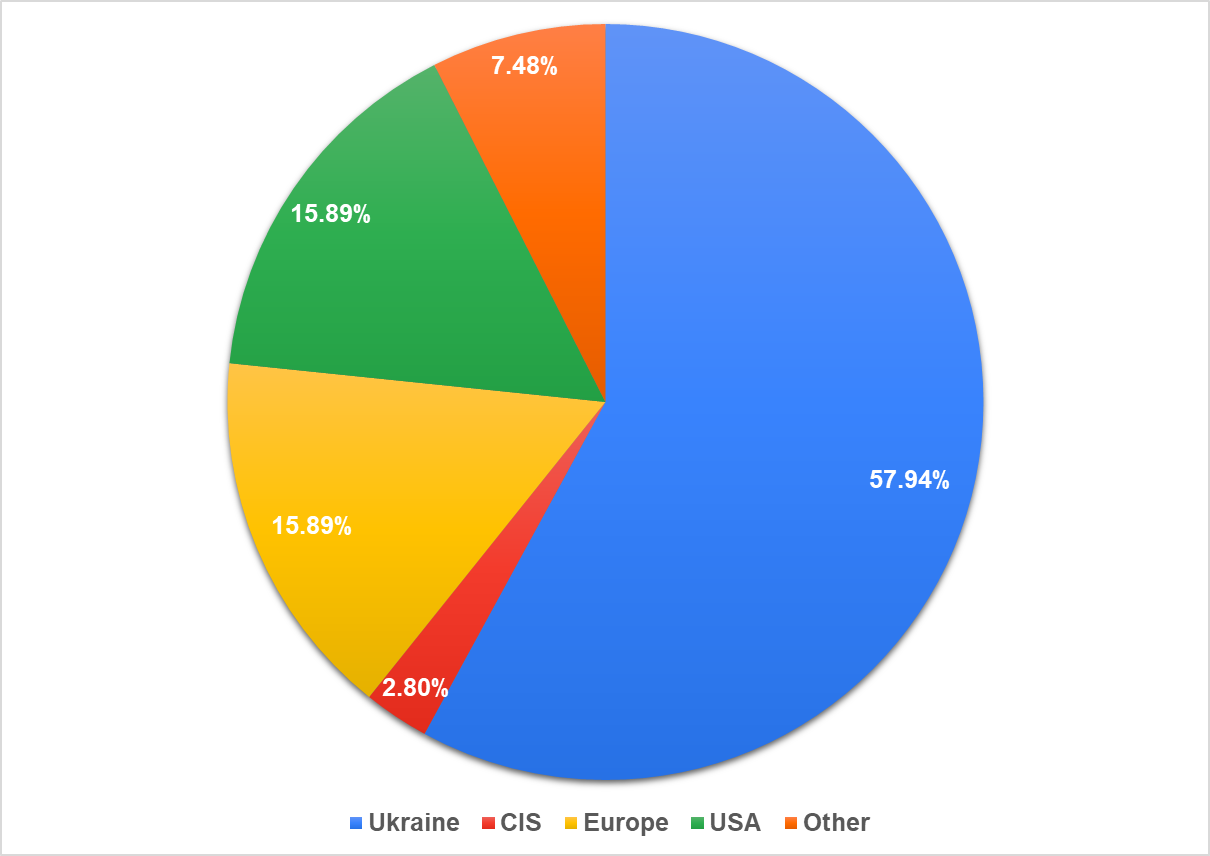 Figure 2. Country of the company's foundation.
Figure 2. Country of the company's foundation.
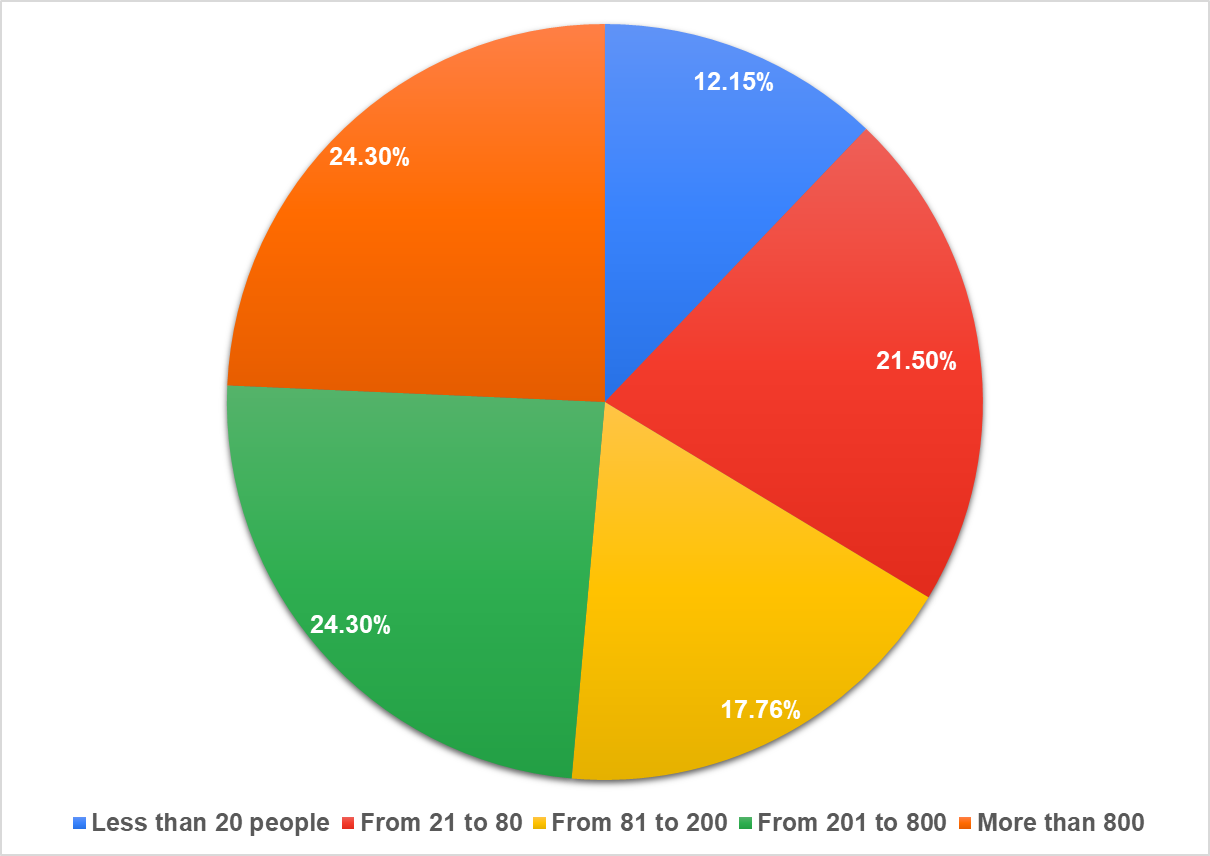 Figure 3. The number of employees in a company.
Figure 3. The number of employees in a company.
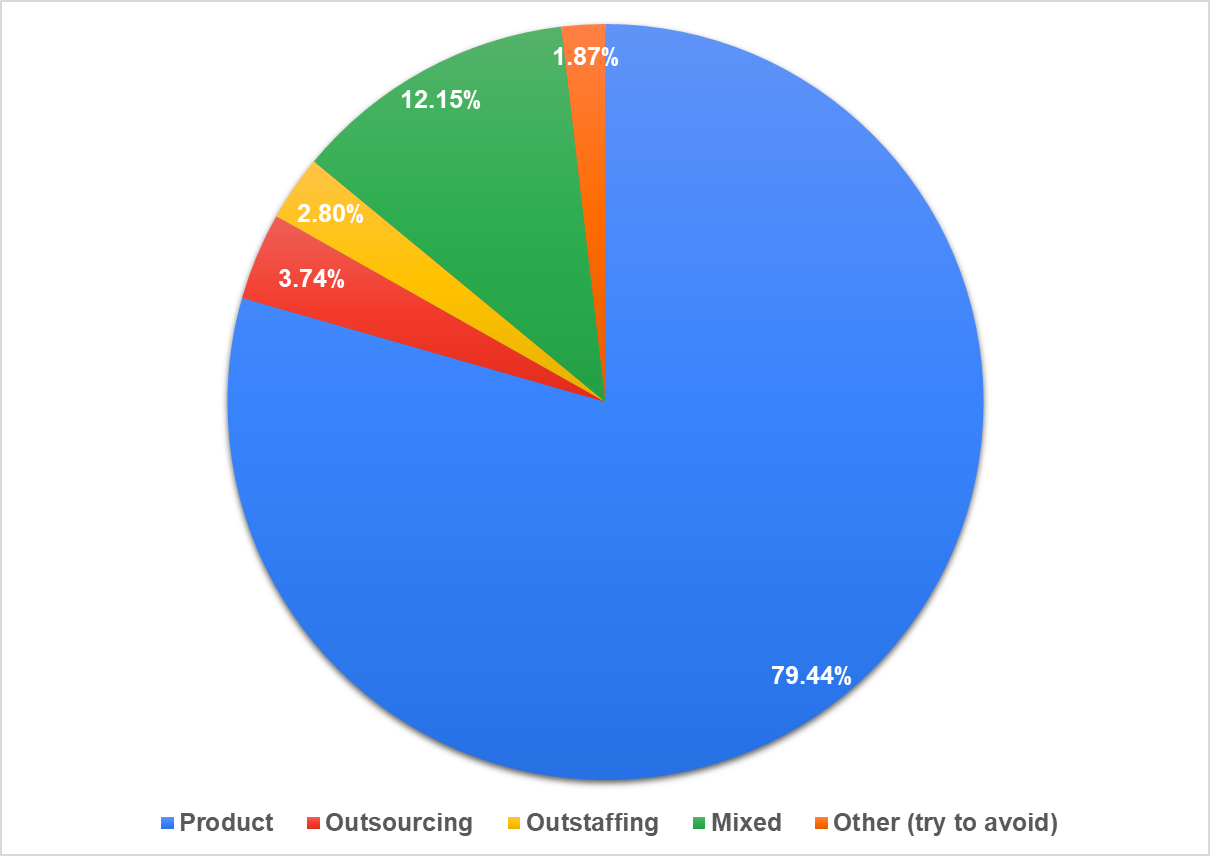 Figure 4. Percentage of participants from outsourcing, outstaffing, and product companies.
Figure 4. Percentage of participants from outsourcing, outstaffing, and product companies.
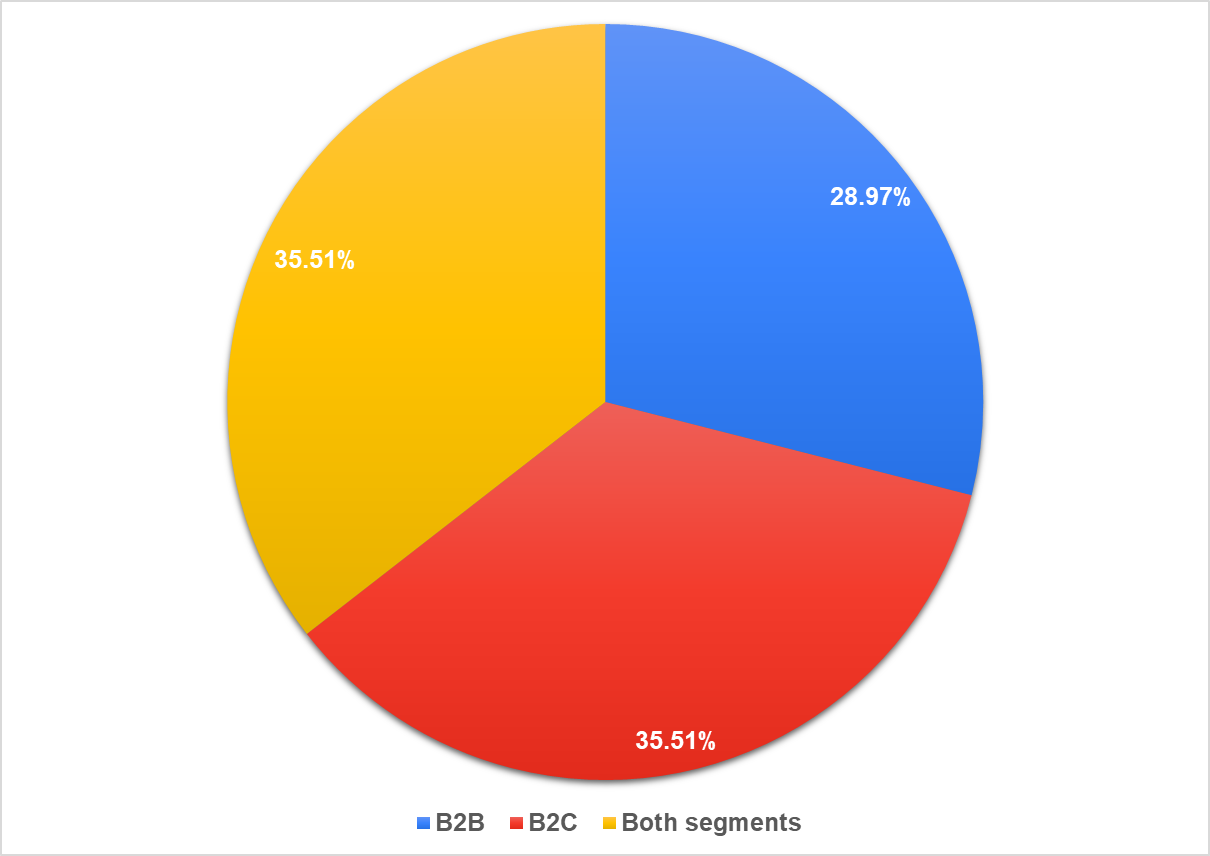 Figure 5. Percentage of participants working in B2B, B2C, and other types of companies
Figure 5. Percentage of participants working in B2B, B2C, and other types of companies
Product Owner's income (27 respondents) in IT can range from $1960 to $4380. The median is $3,300. There were also data at $6800 and $8300. They were in the top 10% of the sample and were therefore statistically truncated as possible outliners or statistically unlikely. As well as the lower $700-800.
Product Manager (80 respondents) has a salary range of $1,300 to $4,800. The median is $2,750.
 Figure 6. Total remuneration range
Figure 6. Total remuneration range
The salary level of PO and PM depends on a variety of factors. I would like to draw your attention to the fact that the items for which we received less than 4 responses were excluded, since they cannot be valid enough for making decisions.
For example, only 4 of the respondents work in outsourcing and outstaffing companies — this data is not enough for objective conclusions about the salary range.
The majority of respondents work in product companies and earn $2,900 on the median, $4,760 — the maximum.
13 people work in a company that has both outsourcing and product development.
 Figure 7. Relationship between remuneration and company type.
Figure 7. Relationship between remuneration and company type.
75 men and 32 women participated in the survey and statistics show that the average salary for men is $3246, and women — $2512.
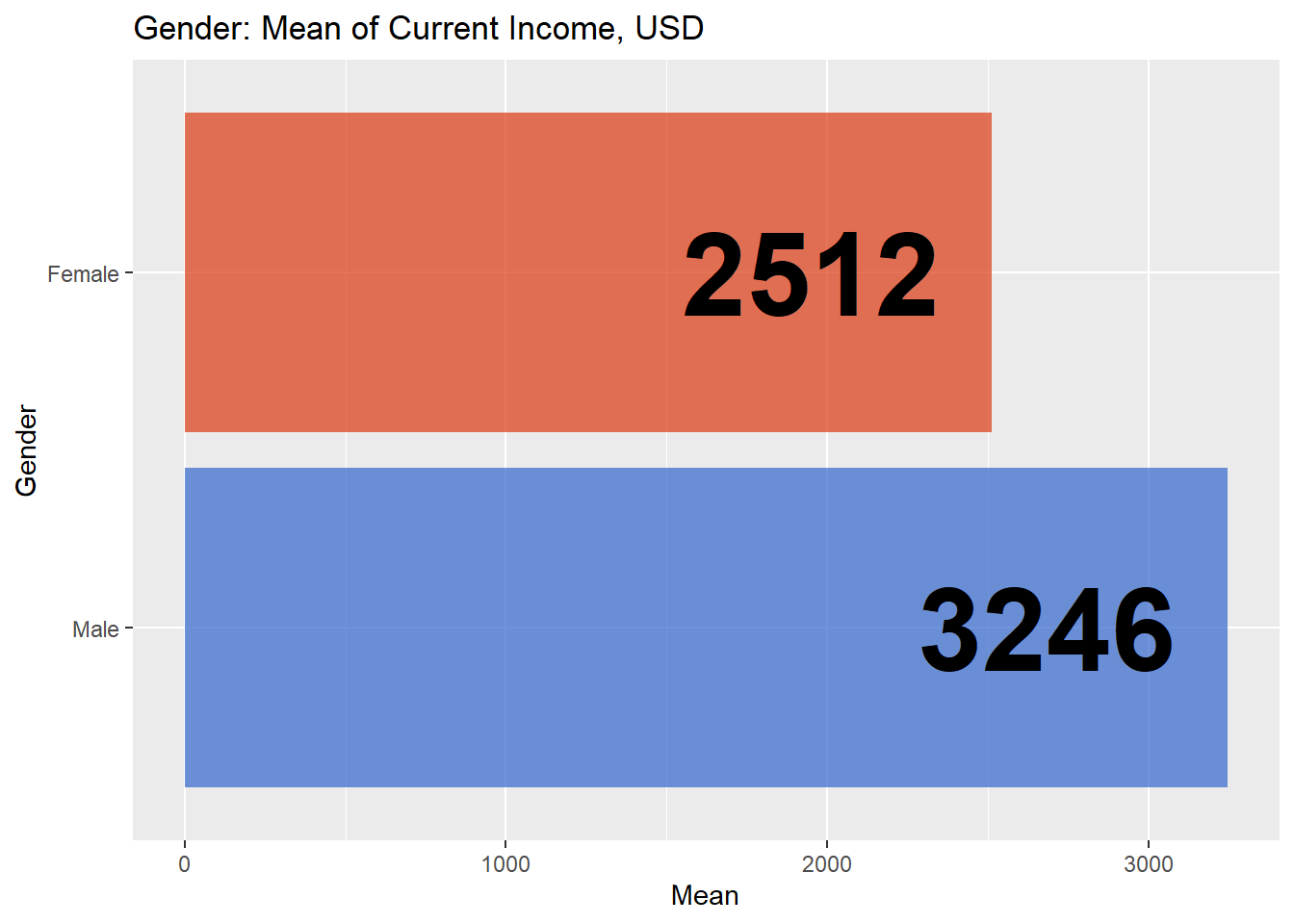 Figure 8. Relation between employee remuneration and gender.
Figure 8. Relation between employee remuneration and gender.
There is almost a direct dependency between the increase in the level of payment on the number of years respondents work in the IT field. So PO and PM with experience in IT more than 7 years and more than 10 years can expect an average payment of $3705-4088. While colleagues with experience in IT from 1 year to 3 years earn an average of $1736-2088.
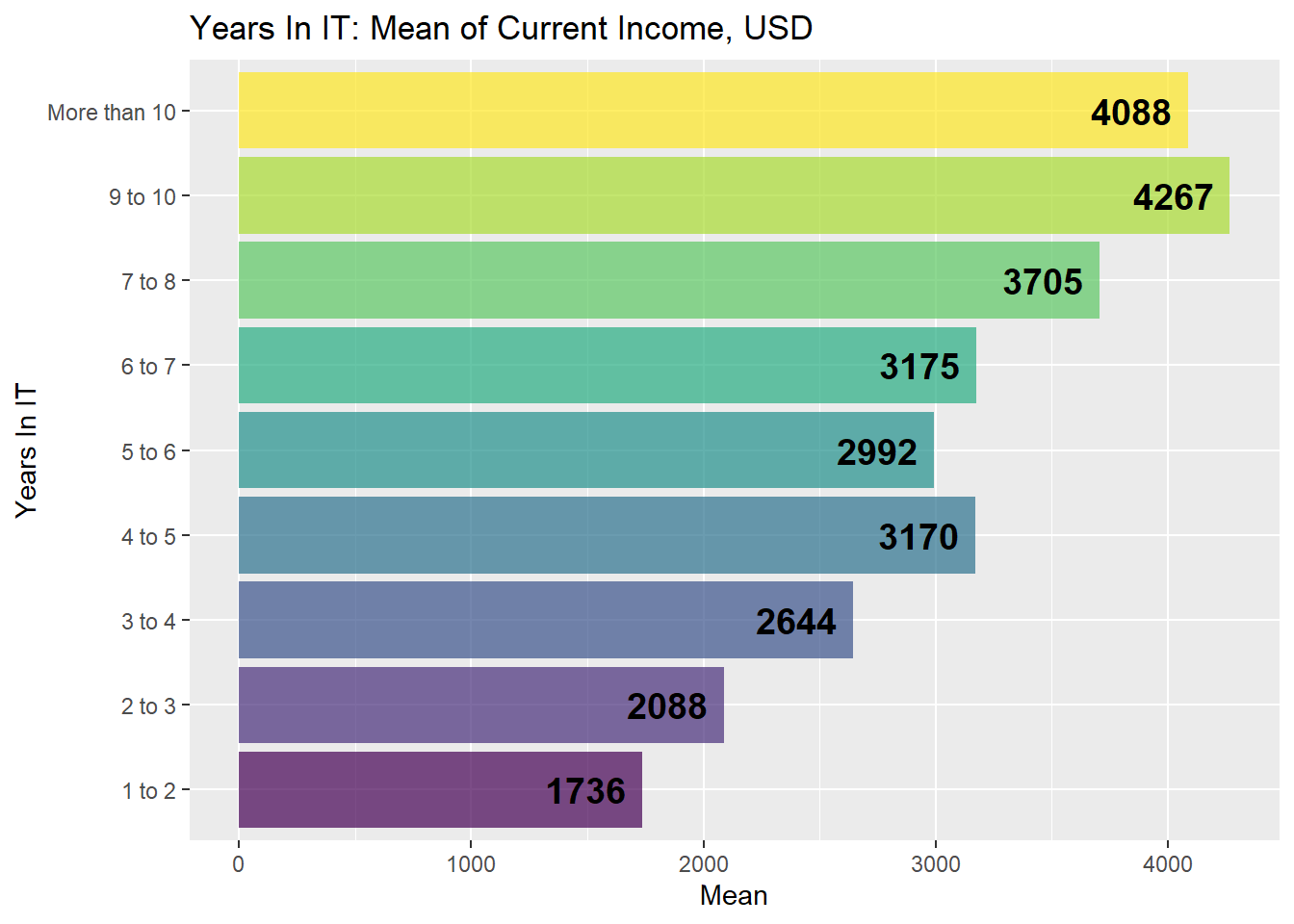 Figure 9. Relation between the average remuneration and the number of years of experience in the IT field.
Figure 9. Relation between the average remuneration and the number of years of experience in the IT field.
There is a tendency for the increase in the salary level in relation to the size of the company (by the number of employees). PO / PM managers earn the most in companies with more than 201 employees.
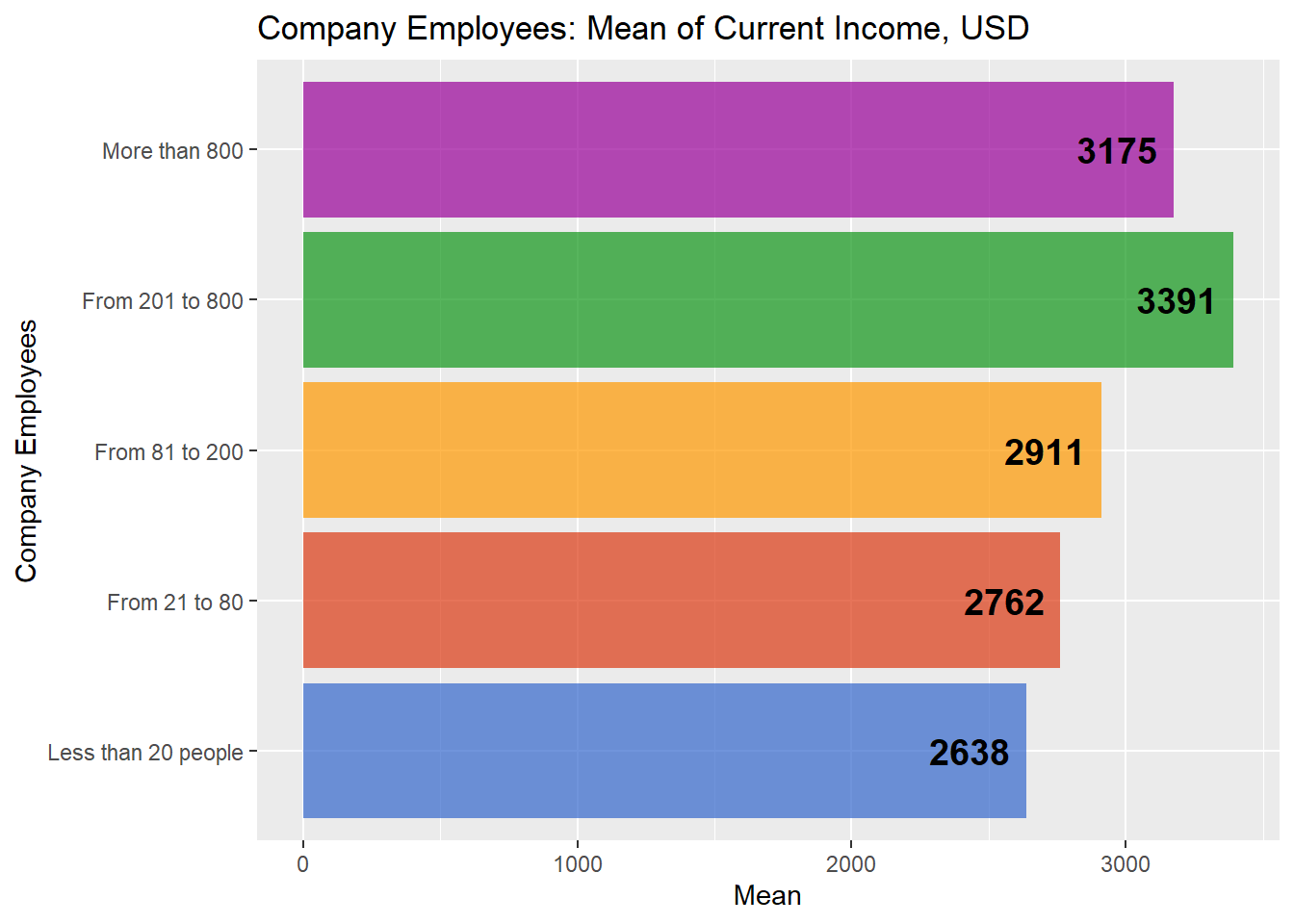 Figure 10. An average level of PO / PM payment in relation to the number of employees in the company.
Figure 10. An average level of PO / PM payment in relation to the number of employees in the company.
The level of PO / PM payment practically does not depend on whether they work in a startup that is 1 year old or in a more mature company.
 Figure 11. Relation between remuneration and age of the company.
Figure 11. Relation between remuneration and age of the company.
PO / PM employees who work in companies headquartered in Ukraine have the lowest income range.
_1.png) Figure 12. Relation between remuneration and the country of the company's Foundation (Other = USA or Canada).
Figure 12. Relation between remuneration and the country of the company's Foundation (Other = USA or Canada).
The majority of managers surveyed are between 21 and 30 years old, and the level of pay is higher for those over 31 — their salary is at a median of $3,500, compared to $2,700 for younger colleagues.
 Figure 13. Relation between remuneration and the age of the PO / PM.
Figure 13. Relation between remuneration and the age of the PO / PM.
If we compare the level of payment for product managers in various fields, we will see that it is more financially pleasant to work in the Marketplace ($4000 on the median), FinTech, Banking ($3700), and GameDev ($3300).
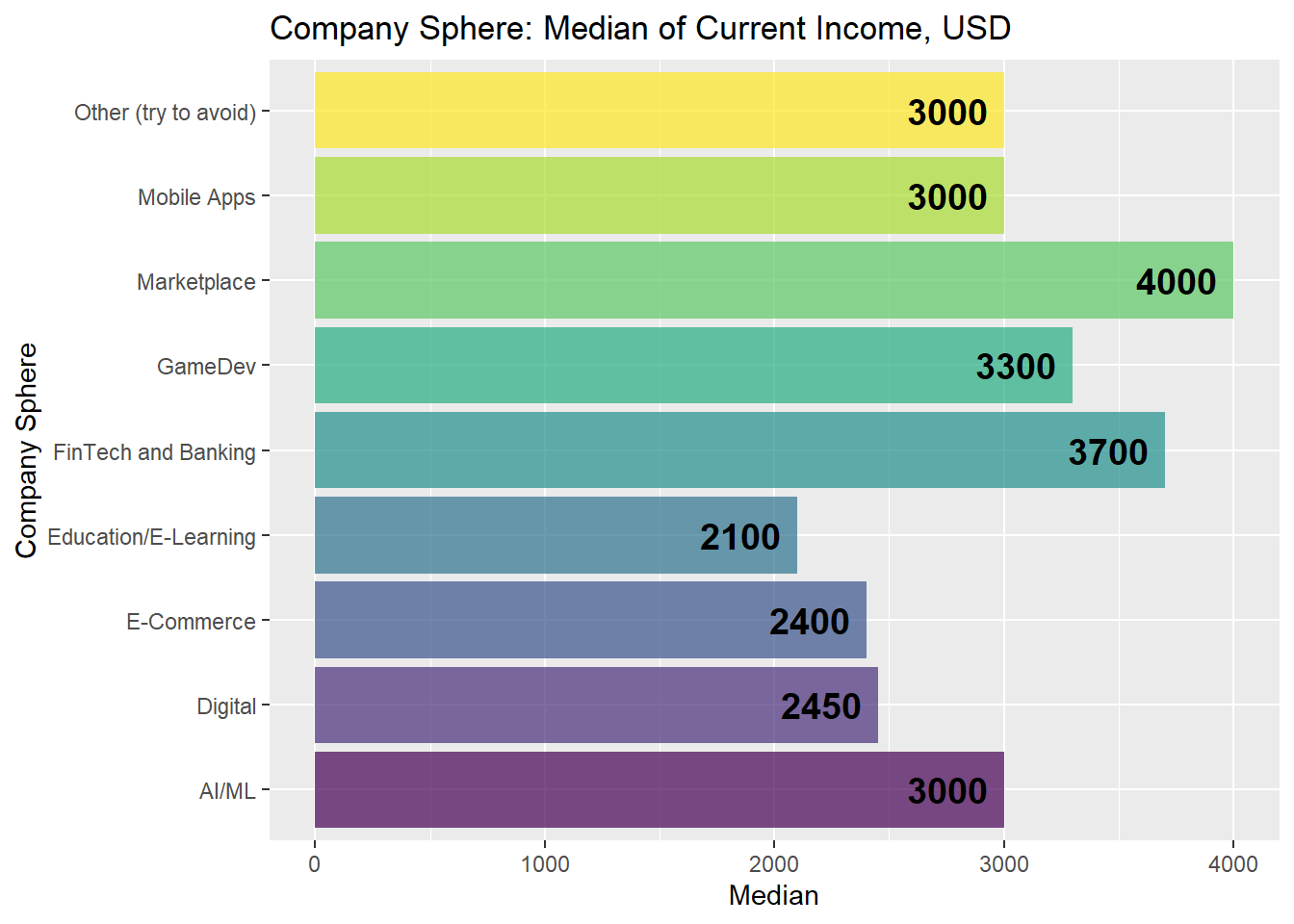 Figure 14. Relation between PO / PM remuneration and the company's field (median)
Figure 14. Relation between PO / PM remuneration and the company's field (median)
Most PO / PM's who are happy with their work earn an average of $3257-3363. Respondents with a salary of $2300-2432 are not satisfied with their jobs.
.png) Figure 15. Job satisfaction in the PO / PM in relation with the payment level (average)
Figure 15. Job satisfaction in the PO / PM in relation with the payment level (average)
In addition to the level of salary, we were curious about the factors of motivation, demotivation, and some working conditions.
Professional development is a priority motivation factor for employees in these positions (81.31%). The second most important is freedom in decision-making (67.29%), and the level of salary closes the top three (66.36%).
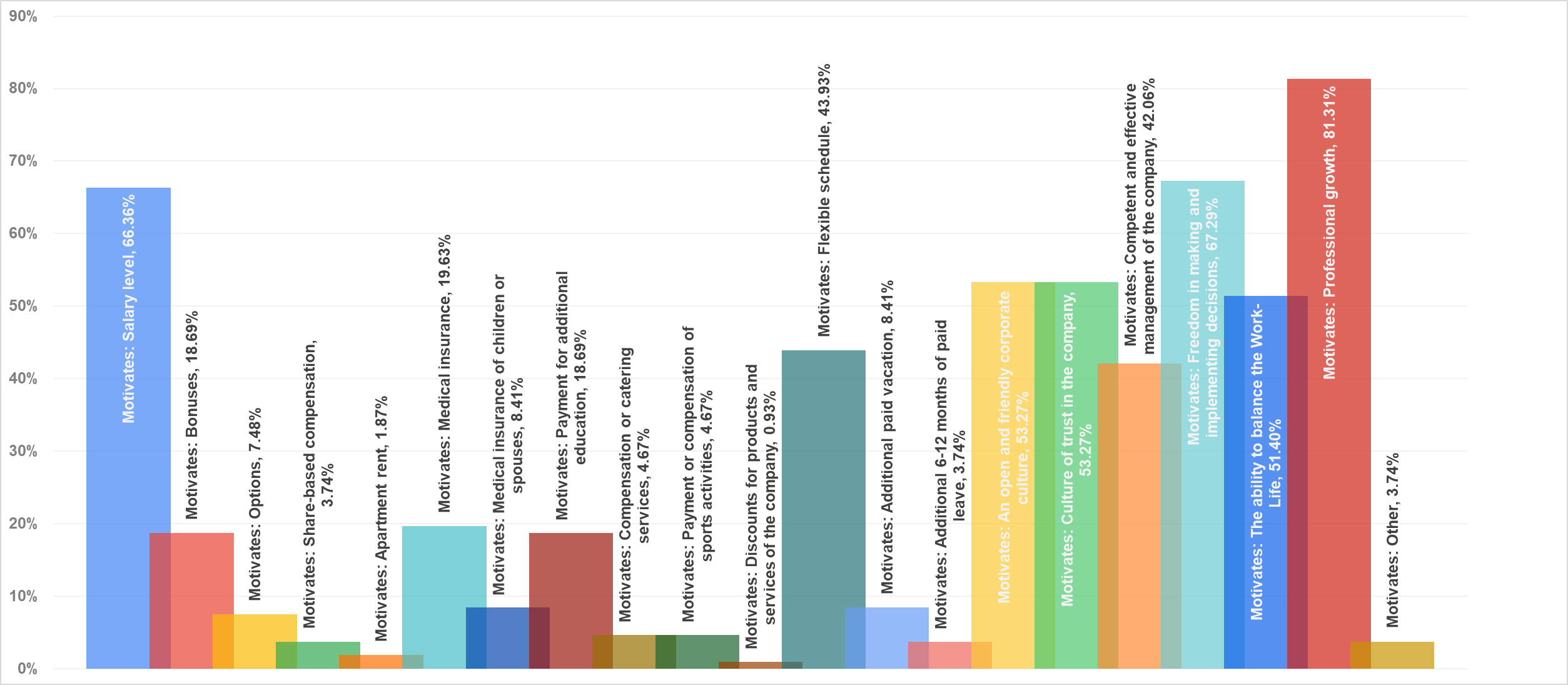 Figure 16. Product Owner and Product Manager motivation factors.
Figure 16. Product Owner and Product Manager motivation factors.
Demotivators are, first of all, the lack of professional development (46.73%), incompetent and inefficient management of the company, the lack of a work/life balance to an equal extent (44.86%), and, by a small margin, insufficient salary level (43.93%).
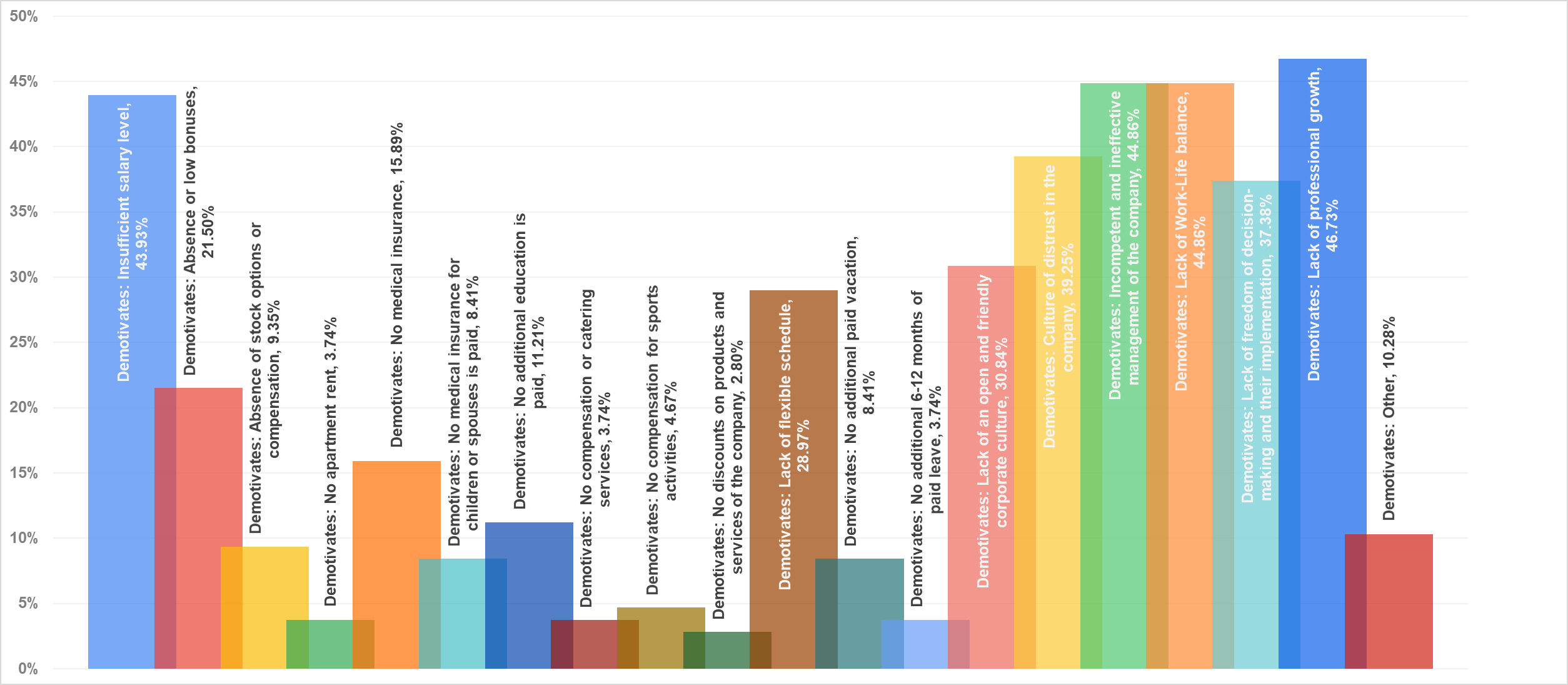 Figure 17. Product Owner and Product Manager demotivation factors.
Figure 17. Product Owner and Product Manager demotivation factors.
Surprisingly, the roles that are directly responsible for the final result have no KPIs (55.14%) and almost no bonuses.
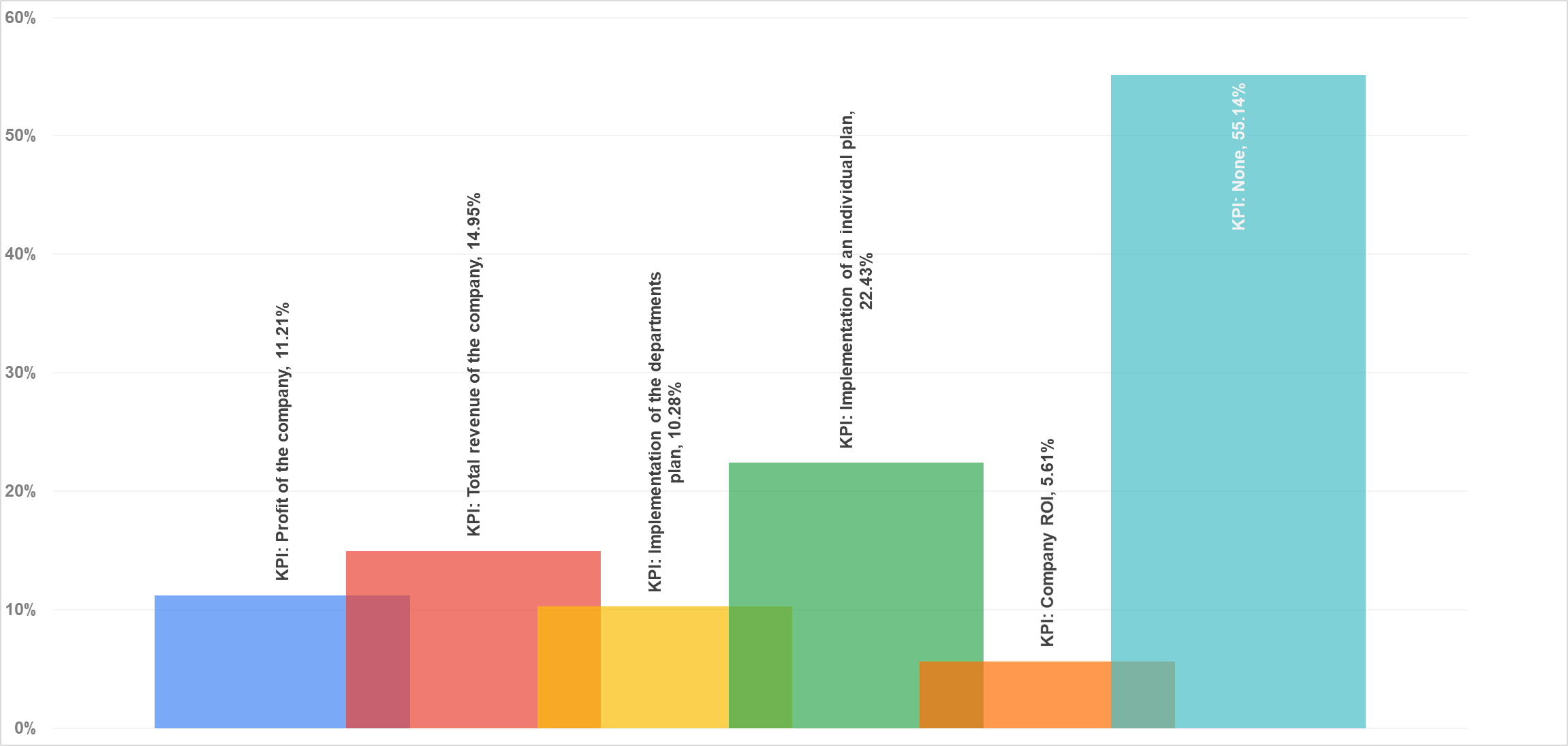 Figure 18. KPIs for which the bonus is paid.
Figure 18. KPIs for which the bonus is paid.
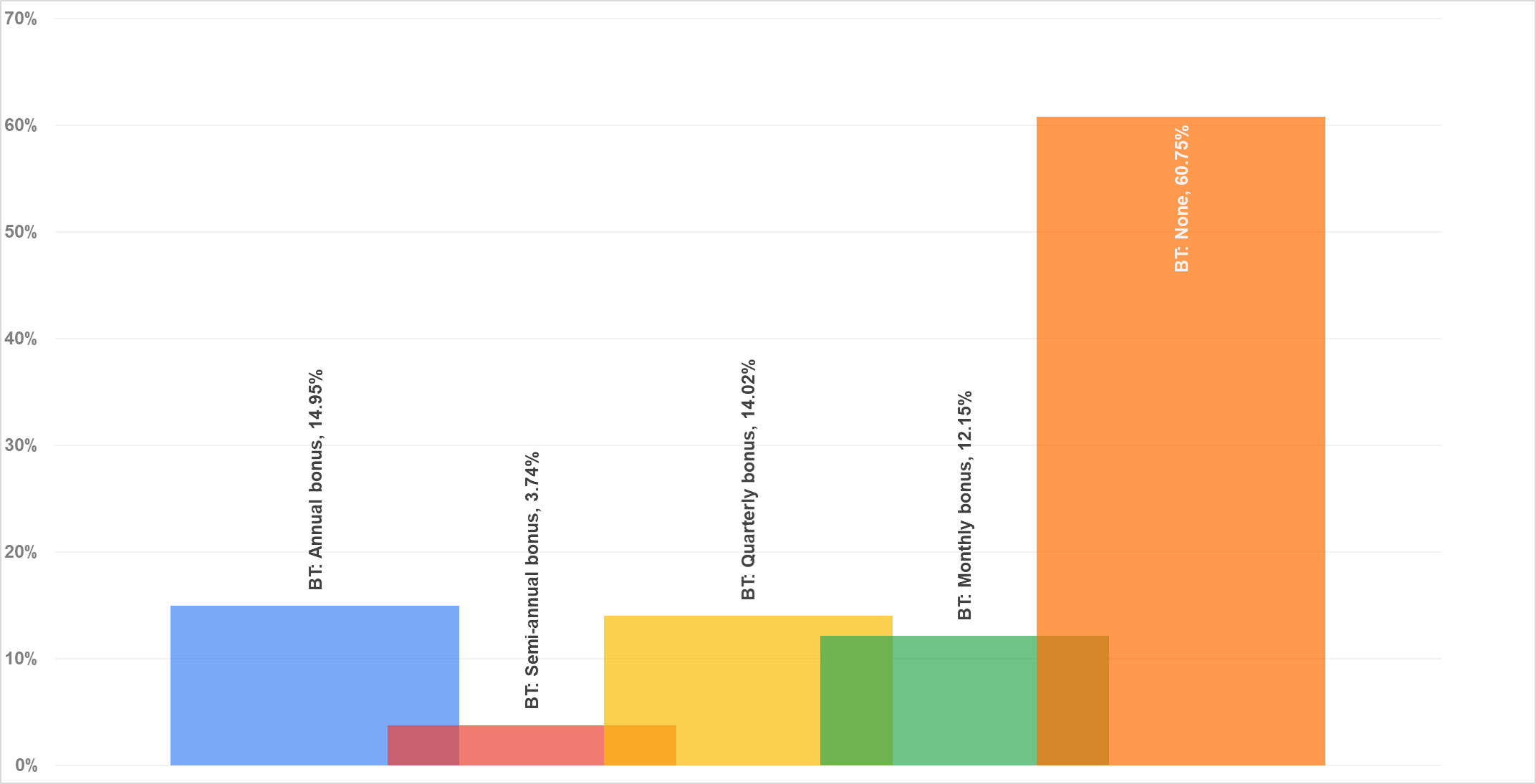 Figure 19. The frequency with which the bonus is paid.
Figure 19. The frequency with which the bonus is paid.
75.70% of respondents are registered as individual entrepreneurs, which is common for IT. But there are also 15.89% of employees who are registered under the employment record.
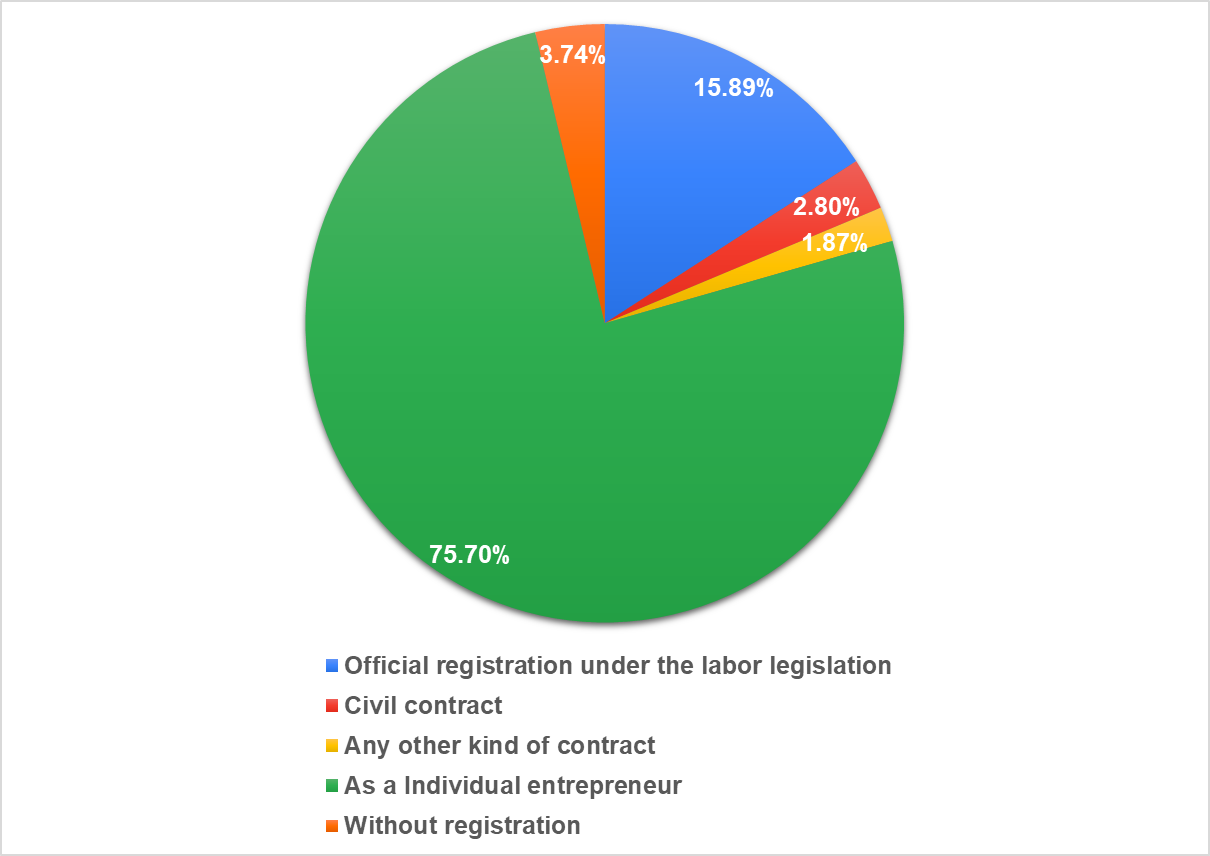 Figure 20. Form of registration
Figure 20. Form of registration
79,44% of respondents have their salary pegged to the US dollar.
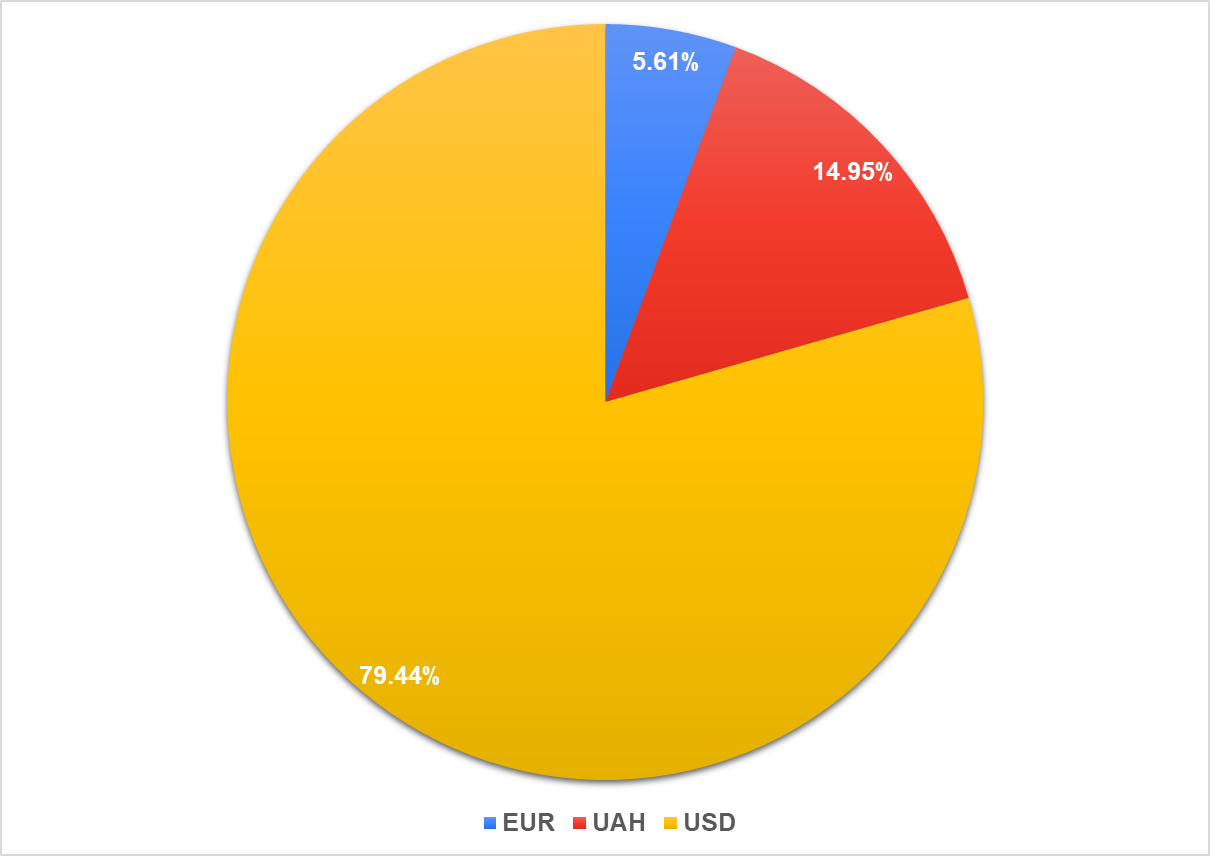 Figure 21. The currency pegging
Figure 21. The currency pegging
We will be happy if you will find the information useful for making the right business decisions.
In the next review, we plan to share information about the role and remuneration of Project Manager in IT.
Author: Ekaterina Osadchuk, CEO of Indigo Tech Recruiters








 Success!
Success! 